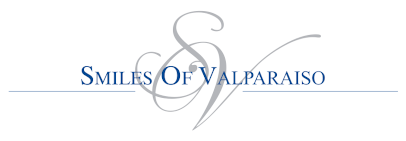Laser Use Increasing in Dentistry

Question: “I recently read an article online about dental lasers. Is the use of lasers in dentistry just a lot of hype, or do they really work?”
Answer: Lasers have been used in dentistry for a long time with varying degrees of success. Recent advances in laser technology have made them much more effective for dental procedures, and the outcomes are more successful than in the past. There are several types of lasers being utilized in dentistry today, and there are a wide variety of procedures being performed with them.

The diode laser is extremely effective in performing “soft tissue” procedures. This includes the removal of excess gum tissue, fibroma removal, frenectomies, and gum recontouring to improve gingival symmetry for enhanced cosmetic results. These lasers are used routinely to perform services that were previously performed with scalpels and sutures. The healing time and post-op complications have both decreased tremendously with the use of lasers.
There are now lasers being used to do “hard tissue” and “soft tissue” procedures. One of these lasers called the Waterlase uses energized water molecules to remove cavities, recontour bone, desensitize teeth, sterilize periodontal pockets, and a multitude of other procedures. Additionally, the Waterlase will do the same soft-tissue procedures that a diode laser will do. The best part is that the work can usually be done without local anesthetic (a shot), without a drill, and without pain.
Most of the discomfort associated with the traditional dental drill comes from heat and vibration. There is no heat or vibration generated with hard tissue lasers, so this eliminates the need for anesthesia in the majority of cases treated in this manner. Hard tissue lasers are ideal for removing new cavities, but are not effective in removing amalgam fillings, yet.
Another type of laser is utilized in helping to diagnose dental caries (cavities). This laser, called a Diagnodent, measures the fluorescence (basically the density) of teeth to determine the location and approximate severity of cavities on the biting surface of teeth. This enables dentists to diagnose the disease early and to treat it more conservatively.
Dental lasers are here to stay. With time and additional research, lasers will probably be utilized for additional dental procedures in the future.
